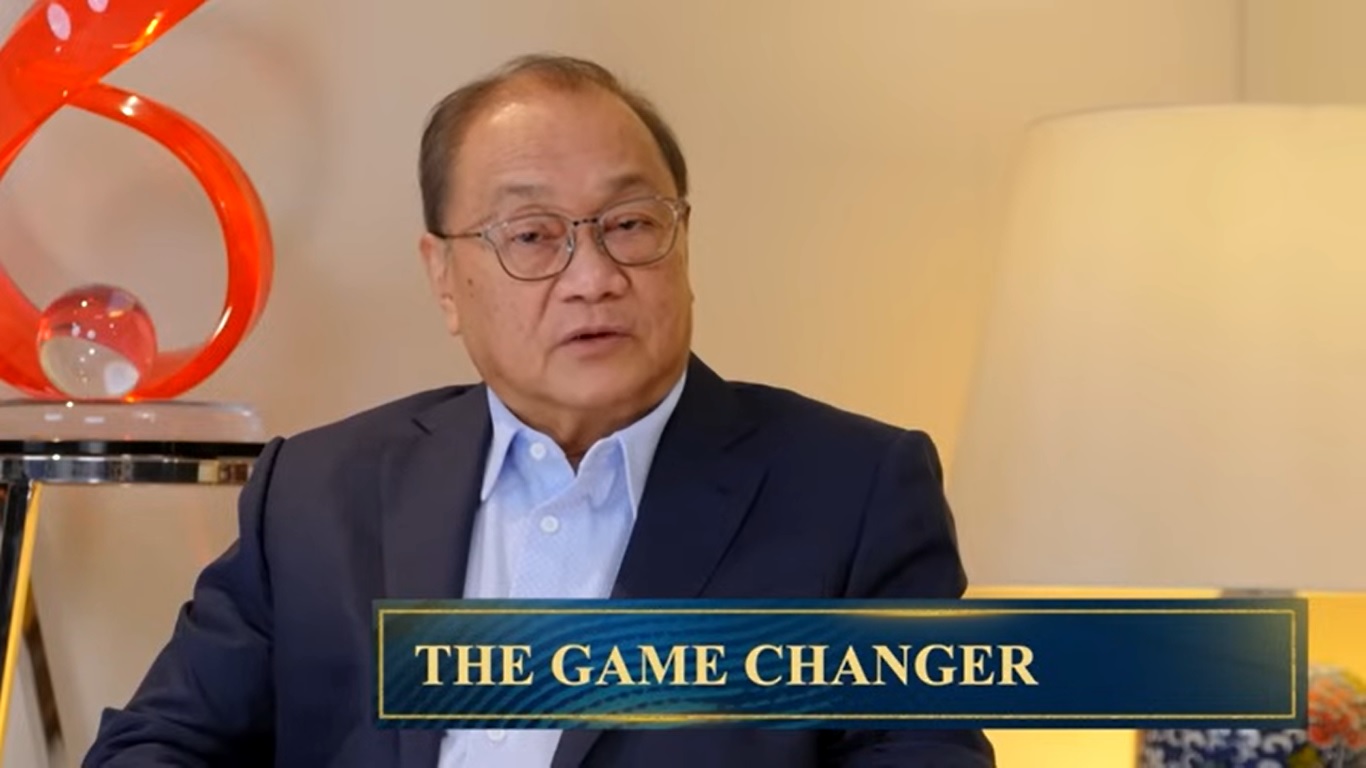PHILIPPINES: As millennials and Gen Zs increasingly take centre stage in the workforce, businesses face a crucial challenge — how to manage and lead these younger generations while addressing the widening gap in values and perspectives between them and older leaders.
In an article published by Philstar, PLDT Chairman Manuel V. Pangilinan said this task begins with a deeper understanding of what motivates these new entrants into the workplace.
At the 77th inaugural meeting of the Management Association of the Philippines (MAP) on Jan 15, Pangilinan shared key insights on how businesses can adapt to the evolving workforce, emphasizing the importance of connecting with the younger generations on a more meaningful level.
Understanding the new workforce – a shift in priorities
Pangilinan, a prominent Filipino businessman, described millennials and Gen Zs as a “new breed of wolves” — disruptive and digital-first individuals who operate in an entirely different world compared to their older counterparts. In his own companies, PLDT and Smart, these generations make up an impressive 74% of the workforce, with the remaining employees largely from Gen X and Baby Boomer demographics.
To navigate this change, Pangilinan emphasized that the divide is not just a matter of age but also of how the world itself has transformed. The rapid pace of technological advancements, especially in artificial intelligence (AI), has shaped the outlook of younger generations, who may view the world as both “magical” and “collapsing” simultaneously.
“Younger generations are often misunderstood,” Pangilinan noted, addressing the common labels of being “disruptive” or “entitled.” He suggested that this perception is largely unfair, as millennials and Gen Zs are not merely motivated by monetary rewards. For them, work is about purpose and personal growth. “It’s about their story,” Pangilinan explained, highlighting that these workers seek careers that offer meaning and opportunities for development rather than just financial stability.
Embracing succession and collaboration for sustainable growth
Despite the challenges posed by these intergenerational gaps, Pangilinan emphasized the importance of collaboration and mentorship in overcoming misunderstandings. “Older generations have always faced the challenge of adapting to a younger one,” he said, recalling how his generation was once viewed as rebellious “hippies” by their predecessors.
He also underscored the critical need for succession planning in businesses. As older generations move toward retirement, their experience and knowledge may no longer hold the same relevance in the face of rapidly evolving technology and business models. “Succession is not merely about finding replacements but creating space for growth,” Pangilinan asserted. “It is about recognizing when our wisdom must give way to their energy and innovation.”
Rather than viewing millennials and Gen Zs as obstacles, Pangilinan encouraged older leaders to see them as allies. With their deep understanding of digital tools and AI, these younger generations offer valuable resources that can drive creativity and progress. “Leadership is not a chair to sit on forever,” Pangilinan concluded, “it is a torch to pass on.”
As the workforce continues to evolve, businesses must embrace the challenges and opportunities that come with leading a multigenerational team. The key to success lies in understanding, adapting, and fostering collaboration across generations.

